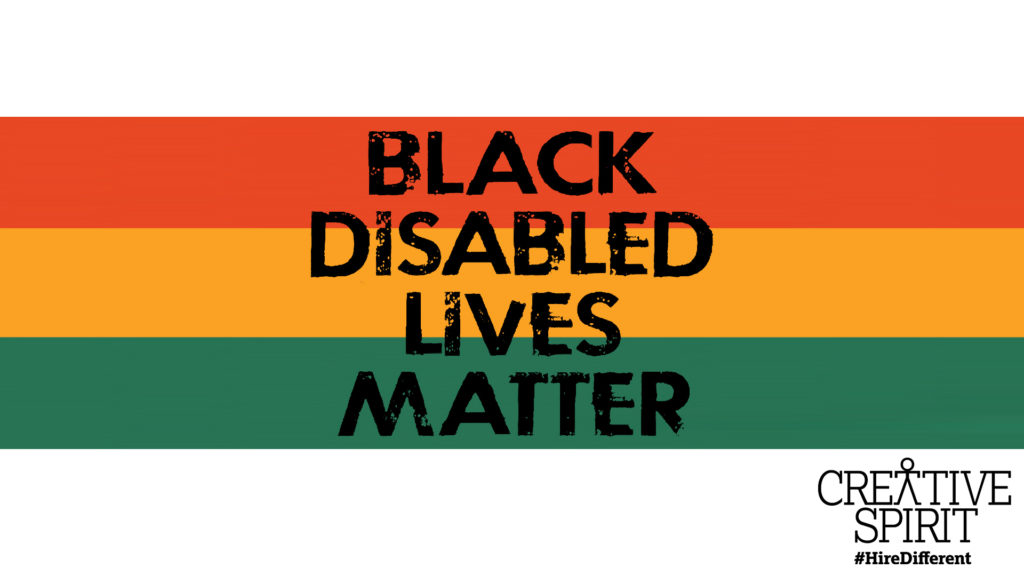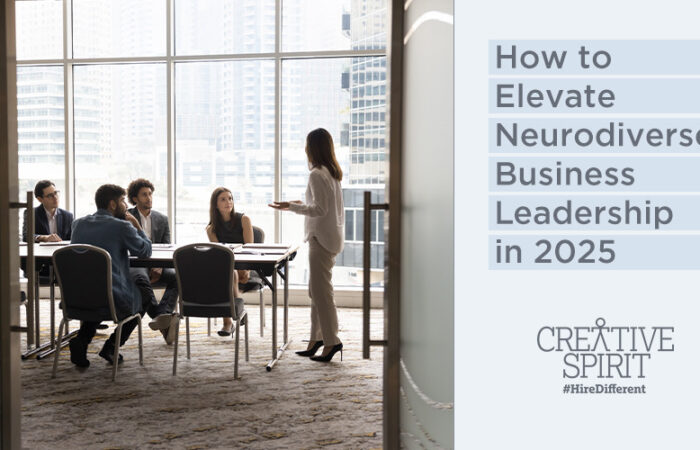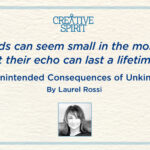By Menachem Rephun, Communications Manager and Self Advocate

Black and Disabled in America: Challenges Facing The Black Community with Disabilities, And How To Solve Them
Living with a disability in the United States presents its fair share of challenges, from overt discrimination in employment to lack of physical accessibility. Unfortunately, being both disabled and a person of color compounds those challenges even further, increasing the likelihood of encountering bias based on both disability and race. Statistics have shown that the black community is disproportionately affected by disability, with 14 percent of black Americans identifying as disabled, compared with 12.6 percent of the overall population, according to data from the American Community Survey. A significantly higher poverty rate is also a major issue for the black disabilities community. A 2021 report by the Atlantic’s Shalene Gupta notes that 36% of African-Americans with disabilities live in poverty, relative to 26% of all Americans with disabilities. At times, being black and disabled can even be life-threatening, due to situations in which law enforcement might assume that the individual’s failure to comply is based on aggression, rather than being disabled. While the disability rights movement has made substantial progress over the past several decades in advancing inclusion and equality, a black disability rights movement has yet to fully emerge. Thankfully, advocacy efforts are now becoming more prominent and vocal, as disability rights advocates work harder than ever to make a difference.
As with the disability community as a whole, exclusion and lack of representation are two of the most significant roadblocks for African-Americans with disabilities. After all, without full representation and awareness, how can change ever be achieved? Unfortunately, many black people with disabilities struggle with feeling invisible and unheard. In the words of disability rights activist and Project ASCEND founder Ola Ojewumi, “In a sense, to be Black and disabled in America is to be invisible. Yet when you look at Black history, there is an undeniable link to disability; some of our greatest Black heroes and heroines have been disabled.” These exceptional individuals include, but are not limited to, Academy Award-winning actress Halle Berry, who has diabetes and 80 percent hearing loss in one ear; civil rights activist and actor Harry Belafonte, who has dyslexia; and inventor George Washington Carver, who experienced breathing difficulties due to whooping cough. Ojewumi explains that black people with disabilities “may be hesitant to identify as disabled for fear of further discrimination based on that identity. This is why we should honor the legacies of disabled Black history makers as a means to stand up against this double-headed monster of ableism and racism that leaves us ashamed of our identities.” To promote visibility and awareness of influential African-Americans with disabilities, Ojewumi created #DisabledBlackHistory, a social media campaign highlighting the milestones and contributions of both well-known and lesser-known African-Americans with disabilities.
As important as it is to improve representation and promote awareness of the historical contributions of African-Americans with disabilities, more profound societal problems, such as ableism and racial discrimination, also need to be addressed. In an article for the African-American Intellectual History Society (AAIHS), Angel Love Miles, a disability rights advocate with Spina Bifida, explains that for the black community, ableism is unique in being intertwined with slavery, Jim Crow, and other racial injustices throughout American history. “These practices and the beliefs that informed them produce disabilities and health disparities in our communities,” Miles writes. “Today, African Americans continue to experience higher rates and worse consequences of disabilities. These include being more likely than their white counterparts to be further segregated in special education, placed in the prison industrial complex, or worse, killed by the police or otherwise institutionalized as a consequence of their disability. African Americans also tend to benefit less from disability policy even though they have the greatest needs.” While recognizing the connection between racial discrimination and ableism, Miles doesn’t shy away from pointing out that black people with disabilities are often marginalized within their own community as well. This is a problem she describes having experienced first-hand at a historically black college/university (HBCU), when her request that a lecture be moved to a wheelchair-accessible space was dismissed by administrators as unreasonable and an inconvenience to everyone else. For her, this incident represented the fact that black people with disabilities are “treated as if we should accept our fate as less than for the good of everyone else. Worse yet, many of us believe this. These messages about disability are present in the dominant culture, but they have even more profound implications for the Black community, which is already struggling for upward mobility.”
So what can be done to resolve these complex problems? For starters, focusing on the strengths and historic contributions of black people with disabilities can go a long way. “Black people with disabilities have contributed significantly to Black life and culture,” Miles writes. “The resilience, ingenuity, and talents of Black people with disabilities need to be highlighted, uplifted, celebrated, learned from, and replicated. Black communities which contend with so much can little afford to be ableist, much less oppressive in any other way. Replicating dominant attitudes towards disability will only serve to further marginalize us.” Addressing the issue of poverty within the black disabilities community is equally important. In a report on the intersection between poverty, race, and disability for the National Disability Institute, Nanette Goodman, the NDI’s Senior Researcher, acknowledged systemic inequality for African-Americans with disabilities but believes there is still cause for optimism. “Everyday community groups and public agencies provide other options to support people with disabilities to achieve greater financial stability and economic security,” Goodman concluded. “Through a combination of interventions that leverage public and private resources, individuals of color with disabilities are being empowered to make better financial decisions, build skills to match employer needs, utilize favorable tax benefits and contribute to the economy.”
Organizations like the African-American Advocacy Center for Persons with Disabilities (AAACPD), which promotes both disability awareness and access to vital services, also offer cause for hope that change is happening. A growing effort called “the Peer Movement” is building on the concept of “picking yourself up by your bootstraps,” building self-esteem by encouraging people with disabilities to give back to others with disabilities. While the movement is inclusive to all, African-Americans are involved in most of the grassroots groundwork. Greater recognition is being achieved as mainstream organizations and corporations are starting to hire peers in the workforce and navigating social barriers and educational opportunities have been key to the movement’s success. The Department of Mental Health (DOMH) is sponsoring the program as well, helping individuals become certified as Peer Specialists and N.Y.S. Certified Recovery Coaches. Creative Spirit is contributing to inclusion through our job coaching and mentoring services, along with outreach to business leaders and organizations to promote greater awareness and understanding of the fact that being disabled and capable are not mutually exclusive. Through our collective efforts, we’re confident that the challenges facing the black community with disabilities can be overcome, and that true equity and inclusion can be achieved.
So what can be done to resolve these complex problems? For starters, focusing on the strengths and historic contributions of black people with disabilities can go a long way. “Black people with disabilities have contributed significantly to Black life and culture,” Miles writes. “The resilience, ingenuity, and talents of Black people with disabilities need to be highlighted, uplifted, celebrated, learned from, and replicated. Black communities which contend with so much can little afford to be ableist, much less oppressive in any other way. Replicating dominant attitudes towards disability will only serve to further marginalize us.” Addressing the issue of poverty within the black disabilities community is equally important. In a report on the intersection between poverty, race, and disability for the National Disability Institute, Nanette Goodman, the NDI’s Senior Researcher, acknowledged systemic inequality for African-Americans with disabilities but believes there is still cause for optimism. “Everyday community groups and public agencies provide other options to support people with disabilities to achieve greater financial stability and economic security,” Goodman concluded. “Through a combination of interventions that leverage public and private resources, individuals of color with disabilities are being empowered to make better financial decisions, build skills to match employer needs, utilize favorable tax benefits and contribute to the economy.” Organizations like the African-American Advocacy Center for Persons with Disabilities (AAACPD), which promotes both disability awareness and access to vital services, also offer cause for hope and the belief that change is possible. At Creative Spirit, we’re contributing through our job coaching and mentoring services, along with outreach to business leaders and organizations to promote greater awareness and understanding of the fact that being disabled and capable are not mutually exclusive. Through our collective efforts, we’re confident that the challenges facing the black community with disabilities can be overcome, and that true equity and inclusion can be achieved.






